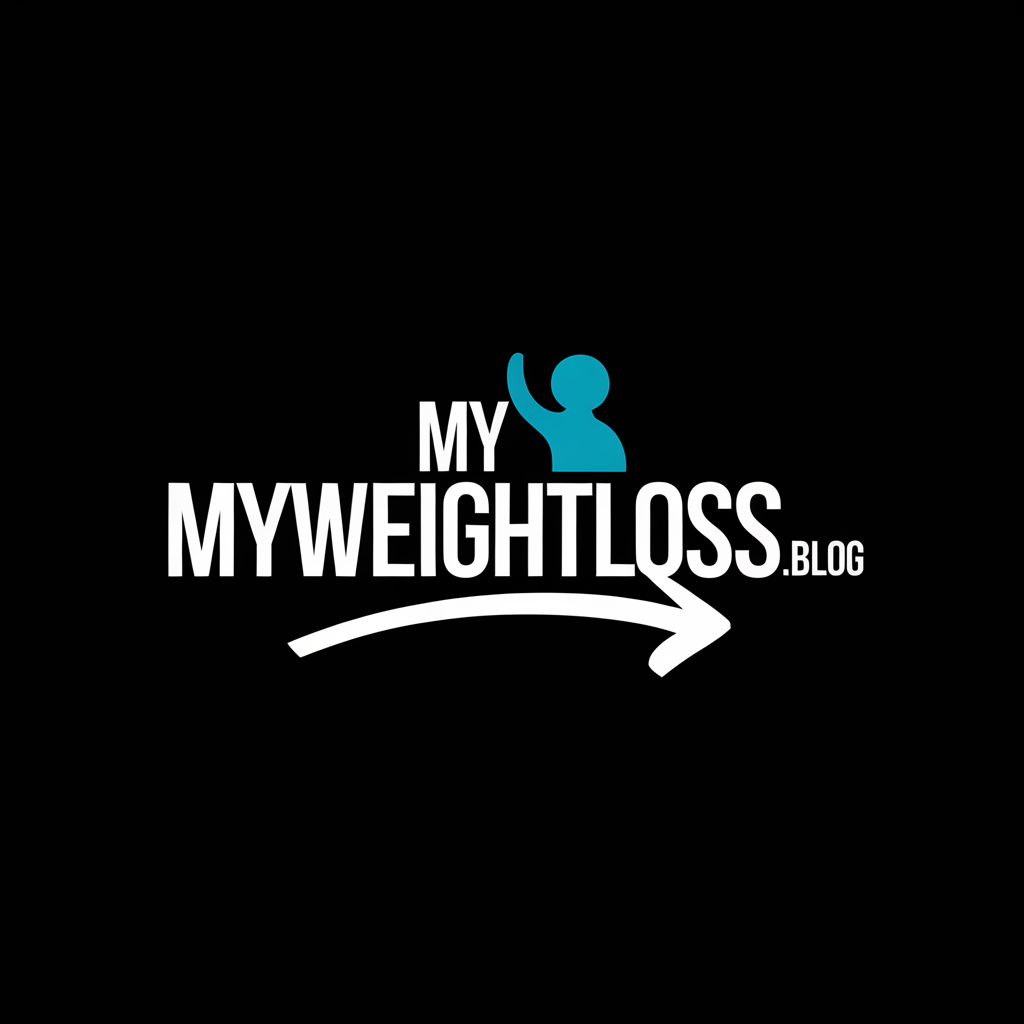Why Your Workout Isn’t Helping You Lose Weight – Shocking Truth!
You’ve been hitting the gym religiously, tracking your workouts, and pushing yourself harder each week – yet the scale won’t budge. If this sounds familiar, you’re not alone. While exercise is crucial for health, it’s often not the magic bullet for weight loss that many believe it to be. What you do after your workout can make or break your progress, and the surprising connection between exercise and appetite might explain why those pounds aren’t melting away.
The Hidden Impact of Post-Exercise Snacking
Have you ever noticed how a tough workout sparks intense food cravings? It’s a common experience that many fitness enthusiasts face, and it might be the reason your workout’s not helping with weight loss.
While you’re feeling proud of burning those calories, your body’s sending signals that can lead to overcompensation at mealtime.
Research shows we tend to overestimate calories burned during exercise and underestimate what we eat afterward. That post-workout smoothie or protein bar you’re reaching for might pack more calories than you burned during your entire session.
You’re not alone – many of us fall into this trap, thinking we’ve earned a reward after exercising. The reality is that skipping meals to cut calories can slow down your metabolism, making it even harder to lose weight.
The key is being mindful of post-exercise nutrition without undoing your hard work.
Try planning your post-workout snacks in advance, focusing on lean protein and moderate portions. This strategy helps you stay connected to your fitness community while keeping your weight loss goals on track.
How Exercise Can Increase Your Appetite
When you exercise intensely, your body releases hormones like ghrelin that trigger hunger signals in your brain. You’ll often find yourself craving more food after a tough workout, which can sabotage your weight loss goals if you’re not careful. Many of us experience this post-workout appetite surge, and it’s completely normal. It’s important to note that sleep deprivation can further exacerbate these hunger signals, making it even harder to manage your cravings.
| Activity Level | Appetite Impact | Strategy |
|---|---|---|
| Light Exercise | Minimal Increase | Small protein snack |
| Moderate Workout | Medium Increase | Hydrate well, balanced meal |
| High Intensity | Strong Increase | Plan meals in advance |
| Extended Cardio | Very High | Portion control crucial |
Your body’s trying to replenish energy stores, but you don’t need to eat back all the calories you’ve burned. The key is understanding this natural response and preparing for it. Try drinking water first when post-workout hunger hits, as thirst often masquerades as hunger. You’re not alone in this challenge – it’s part of everyone’s fitness journey.
The Myth of “Work Out More, Eat More”
Many people believe that increasing their exercise routine means they can freely eat more food without consequences, but this common misconception often leads to weight loss plateaus.
While exercise does burn calories, it’s surprisingly easy to overcompensate with extra food, negating your workout efforts.
You might feel justified in reaching for that post-workout smoothie or protein bar, but these rewards can pack more calories than you’ve burned. A typical one-hour workout burns 300-400 calories, while that “healthy” smoothie could contain 500+ calories.
Plus, your body becomes more efficient at exercise over time, burning fewer calories for the same activities.
Instead of using workouts as an excuse to eat more, focus on maintaining consistent portions and making nutritious choices. Remember, avoiding excessive calorie restriction is crucial for sustainable weight loss.
Weight loss success comes from balanced nutrition, not from out-exercising a poor diet.
Common Exercise Intensity Mistakes
Despite good intentions, most people make critical mistakes with their exercise intensity that sabotage their weight loss goals. When you’re working out to lose weight, you need to understand that intensity levels directly impact your results.
-
You’re staying in your comfort zone by keeping the same easy pace throughout your workout, which prevents your body from achieving maximum fat-burning potential.
-
You’re going too hard all the time, leading to burnout and increased stress hormones that can actually cause weight gain.
-
You’re not including enough variety in your intensity levels, missing out on the benefits of both HIIT and steady-state cardio.
-
You’re rushing through strength training exercises without proper form, reducing the effectiveness of your muscle-building efforts.
-
You’re not monitoring your heart rate zones, making it impossible to know if you’re working at the right intensity for your fitness level and goals.
Additionally, maintaining a caloric deficit is essential for weight loss, as it requires balancing your energy intake with your energy expenditure.
Understanding Your Body’s Hormonal Response
Exercise triggers a complex cascade of hormonal changes that can either support or sabotage your weight loss efforts.
You’ll want to understand how your body releases cortisol, insulin, and growth hormone during different workout intensities. Like many others struggling with weight loss, you might be unknowingly working against your hormones.
When you exercise too intensely for too long, your body increases cortisol production, which can lead to stubborn belly fat and increased appetite.
You’re not alone if you’ve experienced this frustrating cycle. The key is finding your sweet spot – the intensity level that keeps cortisol in check while optimizing fat-burning hormones.
Your body’s insulin response also plays a crucial role. By timing your workouts and adjusting their intensity, you can enhance insulin sensitivity and improve your body’s fat-burning potential.
Many successful weight-loss achievers have discovered that working with their hormones, not against them, leads to lasting results. Additionally, quality sleep is essential for maintaining a healthy hormonal balance that supports weight loss.
Creating a Sustainable Weight Loss Strategy
While understanding hormones is crucial, developing a sustainable weight loss strategy requires careful consideration of multiple factors.
You’ll need to create a plan that fits your lifestyle, preferences, and long-term goals. The most successful weight loss journeys aren’t built on quick fixes or extreme measures.
Here’s what you’ll want to focus on to create your sustainable strategy:
- Combine strength training and cardio to maximize fat loss while preserving muscle mass
- Set realistic weekly goals that allow for natural fluctuations and life events
- Track your progress using multiple metrics beyond the scale, like measurements and photos
- Build a support system of friends, family, or online communities who share your goals
- Plan your meals ahead to avoid impulsive food choices and maintain consistent nutrition

